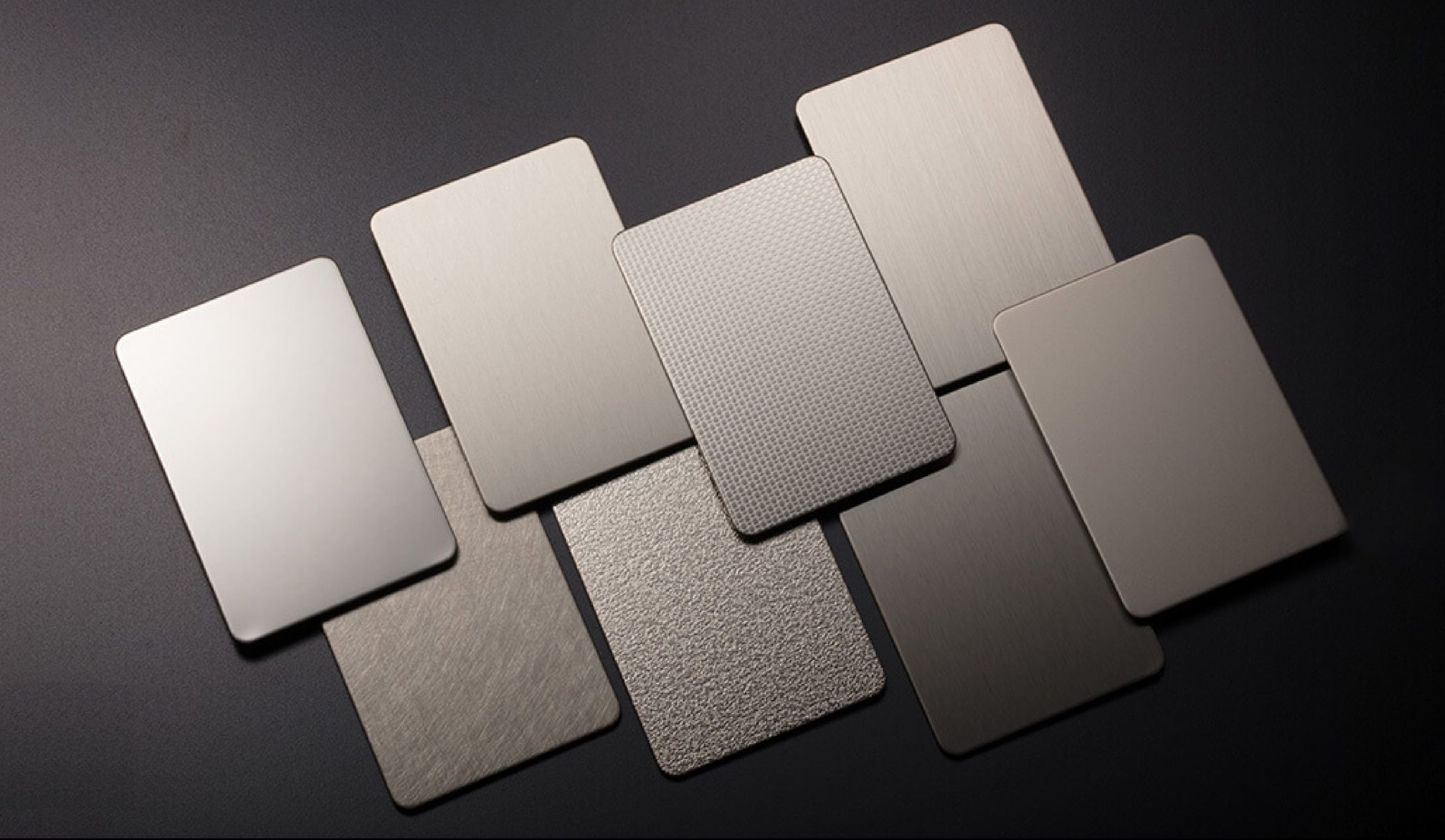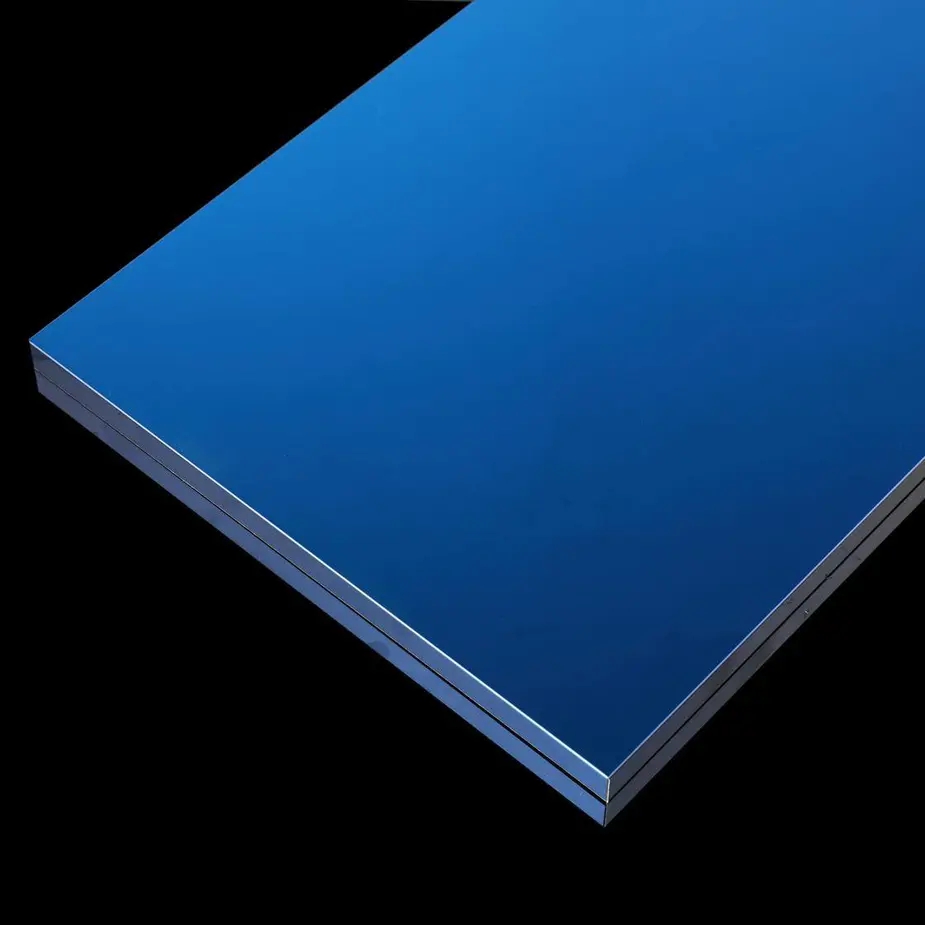Stainless steel is a versatile and widely used material known for its durability, corrosion resistance, and aesthetic appeal. With numerous grades and specifications available, understanding the American Iron and Steel Institute (AISI) standards is crucial for selecting the appropriate stainless steel for specific applications. This article will delve into the world of AISI specifications, exploring the various grades, their properties, and their applications in diverse industries.
Understanding AISI Specifications
The American Iron and Steel Institute (AISI) is a non-profit organization that develops and maintains standards for the production, processing, and distribution of steel products in North America. AISI specifications provide a standardized system for classifying and identifying different grades of stainless steel based on their chemical composition, mechanical properties, and intended applications.
The AISI designation system consists of a three-digit number followed by a letter or series of letters. The first digit represents the primary alloying element, while the subsequent digits and letters indicate specific variations in composition or processing. For example, the "300 series" stainless steels are austenitic and contain chromium and nickel as the main alloying elements.
Common AISI Stainless Steel Grades
304 Stainless Steel
AISI 304 is the most widely used austenitic stainless steel grade. It contains 18-20% chromium and 8-10.5% nickel, providing excellent corrosion resistance, formability, and weldability. This grade is commonly used in food processing equipment, kitchen appliances, architectural applications, and chemical processing industries.
316 Stainless Steel
AISI 316 is another popular austenitic grade that offers enhanced corrosion resistance compared to 304. It contains 16-18% chromium, 10-14% nickel, and 2-3% molybdenum. The addition of molybdenum improves resistance to pitting and crevice corrosion in chloride environments. 316 stainless steel is often used in marine applications, medical devices, and pharmaceutical processing equipment.
430 Stainless Steel
AISI 430 is a ferritic stainless steel containing 16-18% chromium. It offers good corrosion resistance, moderate formability, and excellent stress corrosion cracking resistance. This grade is commonly used in automotive exhaust systems, decorative trim, and domestic appliances.
420 Stainless Steel
AISI 420 is a martensitic stainless steel with 12-14% chromium content. It can be hardened and tempered to achieve high strength and wear resistance. 420 stainless steel is often used in surgical instruments, cutlery, valve parts, and bearings.
Manufacturing Processes
The production of stainless steel involves several key processes that contribute to its unique properties and performance. These processes include:
Melting and Casting
The raw materials, including iron, chromium, nickel, and other alloying elements, are melted together in an electric arc furnace. The molten metal is then cast into semi-finished forms such as slabs, blooms, or billets.
Hot Rolling
The cast stainless steel undergoes hot rolling, where it is heated above its recrystallization temperature and passed through a series of rolls to reduce its thickness and shape it into the desired form, such as sheets, plates, or bars.
Cold Rolling
For further reduction in thickness and improved surface finish, the hot-rolled stainless steel may undergo cold rolling. This process takes place at room temperature and results in increased strength and hardness.
Annealing
To relieve internal stresses and restore ductility, cold-rolled stainless steel is often annealed. The annealing process involves heating the material to a specific temperature, holding it for a designated time, and then cooling it under controlled conditions.
Surface Treatments
Various surface treatments can be applied to stainless steel to enhance its appearance, corrosion resistance, or other properties. Common surface treatments include pickling, passivation, polishing, and PVD coating.
Surface Finishes
Stainless steel can be produced with a wide range of surface finishes, each offering unique aesthetic and functional properties. Some popular surface finishes include:
Mirror Finish
A highly reflective, smooth surface achieved through extensive polishing. Mirror finish stainless steel is often used in decorative applications, such as architectural panels, elevators, and signage. Xinguangyuan specializes in producing mirror stainless steel sheets with exceptional clarity and reflectivity.
Hairline Finish
A fine, linear texture created by brushing or polishing the surface in a consistent direction. Hairline finish provides a subtle, sophisticated appearance and is commonly used in kitchen appliances, elevators, and architectural applications. Learn more about the differences between hairline and mirror finishes.
Etched Finish
A matte, non-reflective surface produced by chemically or electrochemically removing a thin layer of metal. Etched finishes offer a unique, frosted appearance and are often used in signage, decorative panels, and art installations. Xinguangyuan offers a range of etched stainless steel sheets for various applications.
Embossed Finish
A textured surface created by pressing a pattern onto the stainless steel sheet using embossing rolls. Embossed finishes add visual interest and can improve slip resistance. They are commonly used in architectural applications, elevator interiors, and decorative panels. Proper cleaning and maintenance are essential for preserving the appearance of embossed stainless steel.
Quality Control and Standards
Ensuring the quality and consistency of stainless steel products is crucial for manufacturers and end-users alike. Quality control measures are implemented throughout the production process, including:
- Chemical composition analysis
- Mechanical property testing
- Non-destructive testing (NDT) methods, such as ultrasonic testing and radiography
- Visual inspection for surface defects and finish consistency
Adherence to international standards, such as ASTM, EN, and JIS, ensures that stainless steel products meet the required specifications and performance criteria. Xinguangyuan is committed to maintaining the highest quality standards and providing customized solutions to meet the specific needs of their clients.
Applications and Market Trends
Stainless steel finds applications in a wide range of industries due to its versatility, durability, and aesthetic appeal. Some key application areas include:
- Architecture and construction: facades, cladding, handrails, and decorative elements
- Food and beverage processing: tanks, piping, and processing equipment
- Medical and pharmaceutical: surgical instruments, implants, and cleanroom equipment
- Transportation: automotive exhaust systems, rail cars, and marine components
- Consumer goods: kitchen appliances, cookware, and cutlery
The stainless steel market is influenced by various trends, such as the growing demand for sustainable and recyclable materials, the increasing adoption of advanced manufacturing technologies, and the development of new alloys with enhanced properties. The market is expected to experience steady growth in the coming years, driven by infrastructure development, urbanization, and the expanding healthcare and food processing industries.
Conclusion
Understanding AISI specifications is essential for selecting the appropriate stainless steel grade for specific applications. By considering factors such as chemical composition, mechanical properties, surface finish, and intended use, manufacturers and end-users can ensure optimal performance and longevity of stainless steel products.
Xinguangyuan, as a leading manufacturer of stainless steel decorative plates, screens, and garnitures, offers a wide range of products and customized solutions to meet the diverse needs of their clients. With a focus on quality, innovation, and sustainability, Xinguangyuan is well-positioned to support the growing demand for high-performance stainless steel products in various industries.
For more information on stainless steel grades, surface finishes, and applications, visit Xinguangyuan's website or contact their team for expert guidance and support.


